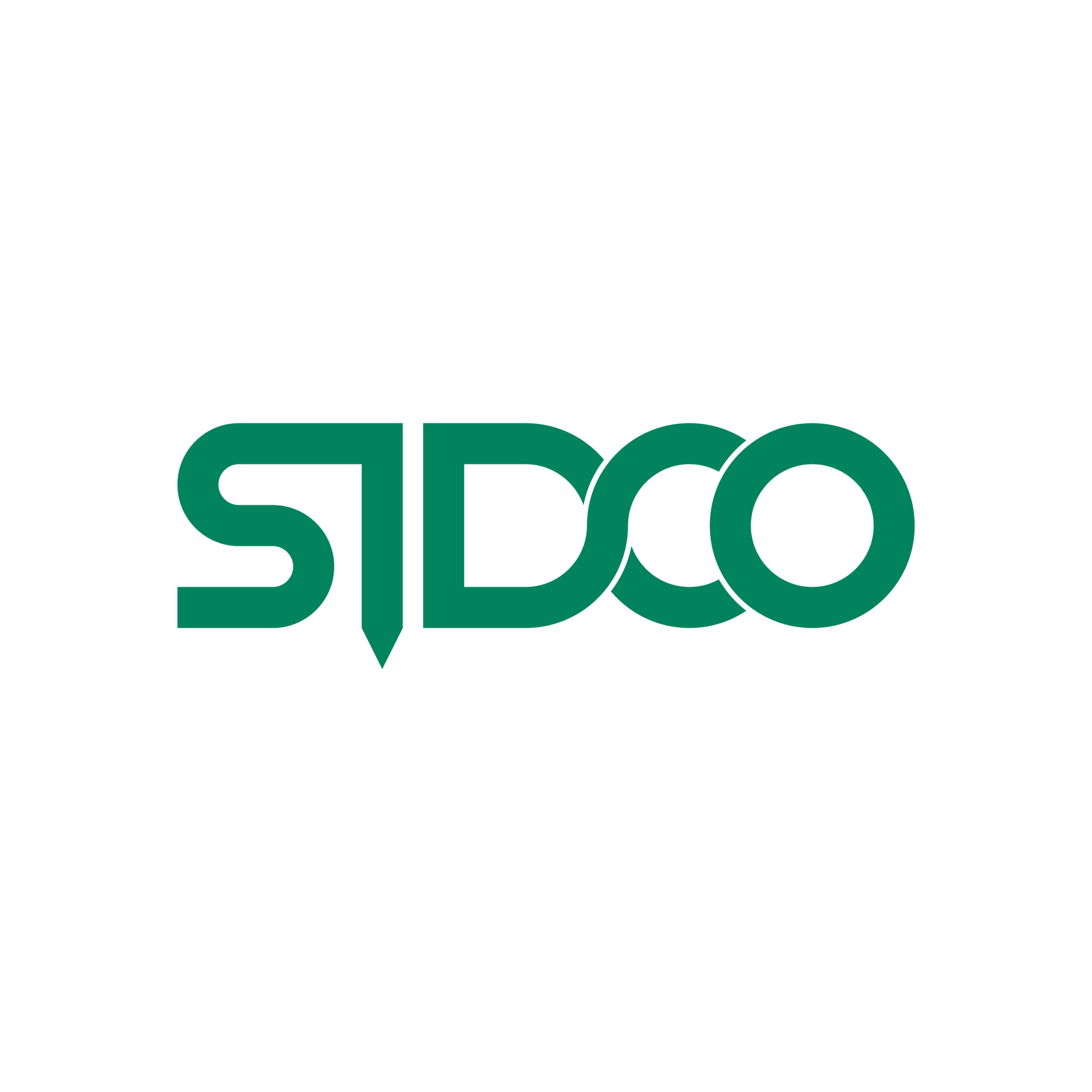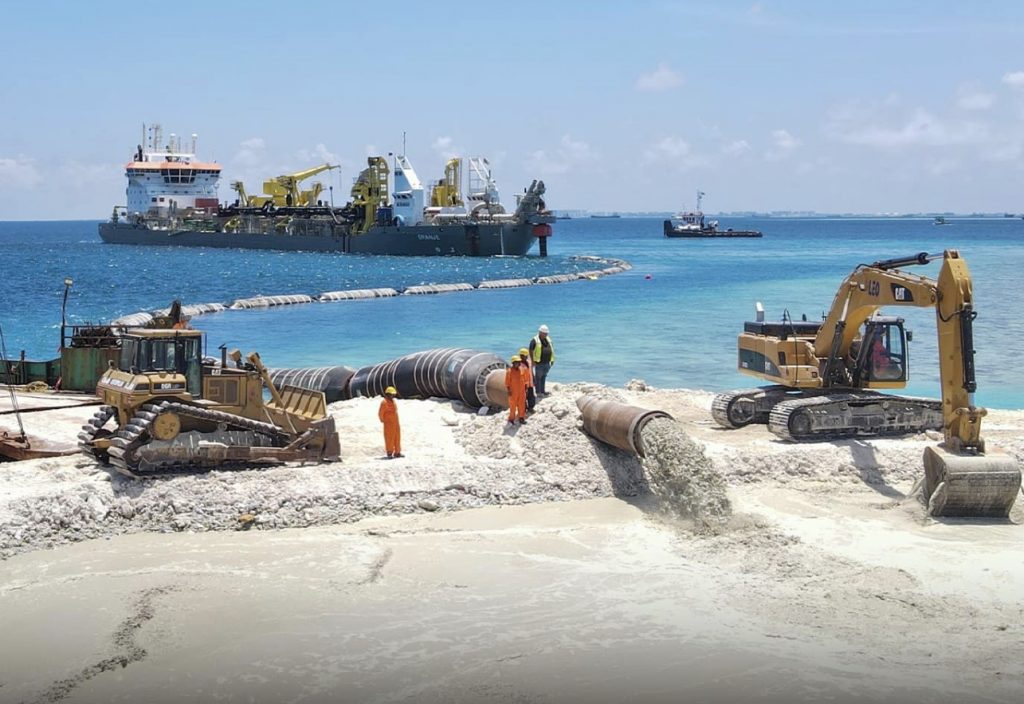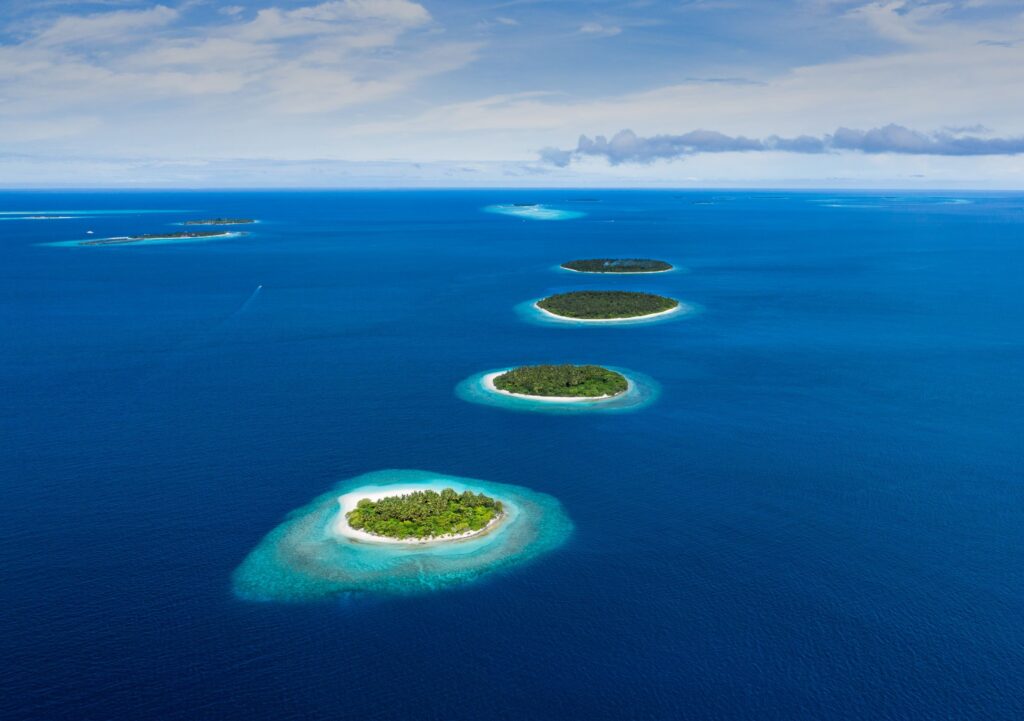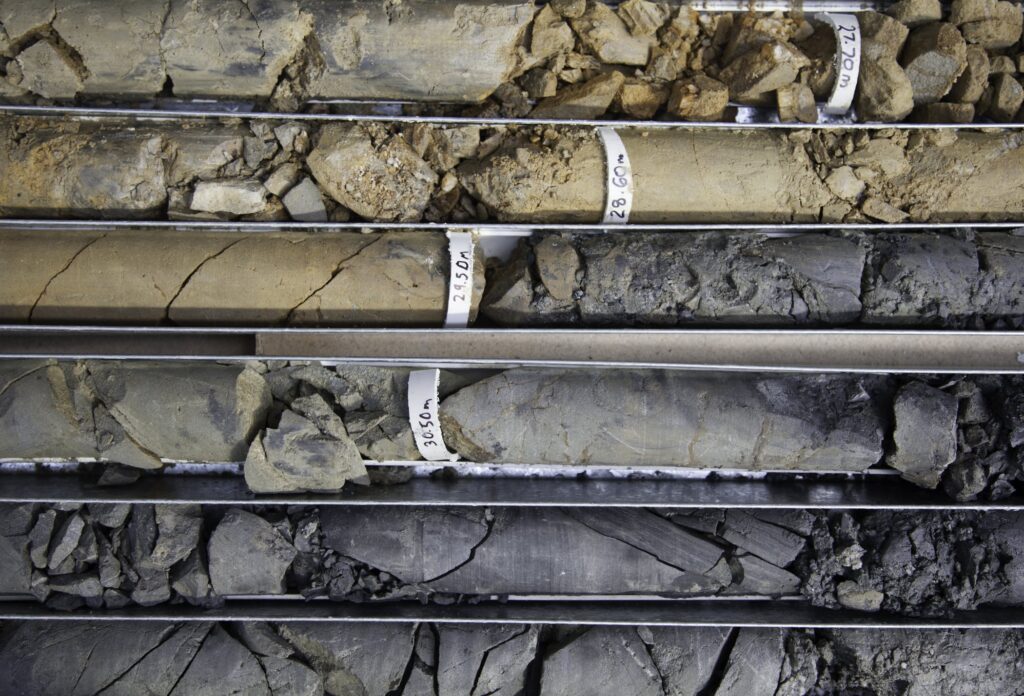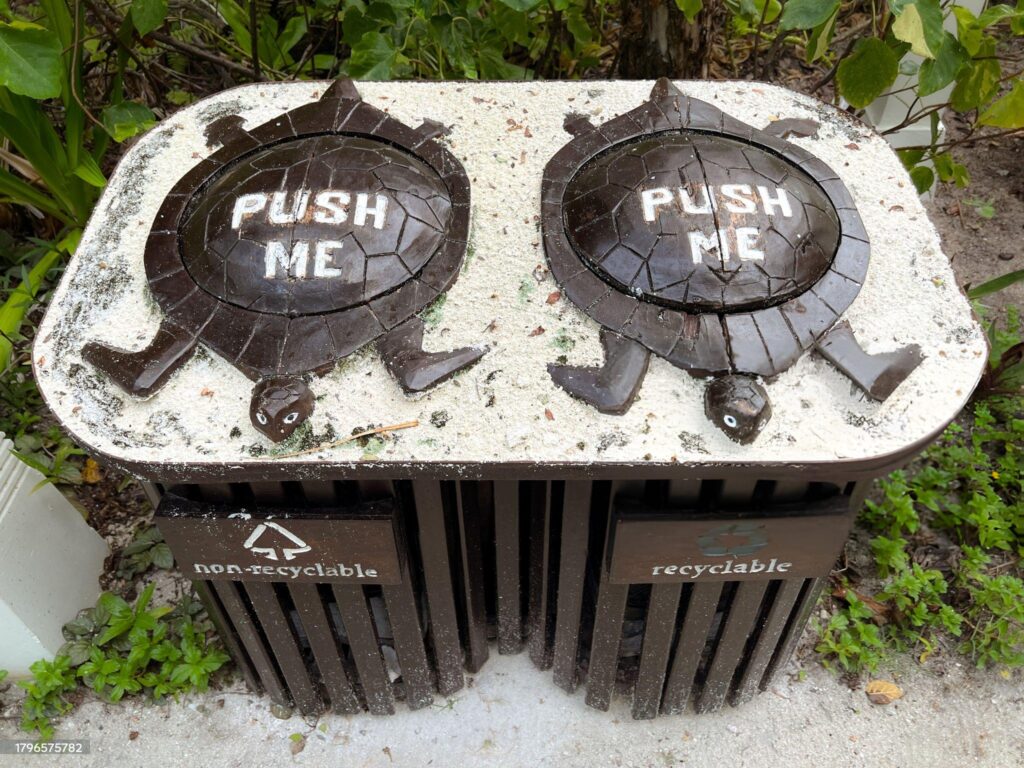Land scarcity is a significant concern, hindering vital infrastructure projects and impacting the overall well-being of its citizens. Land reclamation, the process of creating new land from the sea, emerges as a potential solution. However, traditional methods often come with environmental drawbacks. This is where a sustainable and innovative approach using geotextiles and dredged materials takes center stage.
The Challenge: Balancing Development and Environment
The Maldives thrives on tourism, and its economic prosperity is intricately linked to its pristine environment. However, the limited land area restricts essential infrastructure development, hindering further growth. Expanding existing islands or creating new ones becomes necessary to accommodate vital projects like airports, harbors, waste management facilities, and even recreational areas.
Conventional land reclamation techniques often involve extracting large quantities of sand from coral reefs or nearby seabed areas. This disrupts marine ecosystems and can have long-term negative consequences. Additionally, traditional methods can be expensive and time-consuming.
A Sustainable Solution: Geotextiles and Dredged Materials
A promising alternative lies in utilizing geotextiles and dredged materials for land reclamation. Geotextiles are high-strength, permeable fabrics specifically designed for use in civil engineering projects. They offer several advantages:
- Filtration: Geotextiles allow water to pass through while filtering out soil particles, preventing erosion and maintaining the integrity of the reclaimed land.
- Drainage: They facilitate the drainage of excess water, promoting faster consolidation of the dredged material and creating a stable foundation.
- Separation: Geotextiles separate different soil layers, preventing intermixing and ensuring long-term stability.
- Reinforcement: In some cases, geotextiles can offer additional reinforcement to the reclaimed land, especially on softer seabed foundations.
Dredged materials are sediments removed from waterways like harbors or channels during routine maintenance activities. These materials often consist of sand and silt, suitable for land reclamation projects.
Here’s how this approach works:
- Dredging: Targeted dredging removes sediment from designated areas, ensuring minimal environmental impact.
- Geotextile Tube Deployment: Large, cylindrical geotextiles are filled with the dredged materials, creating a stable and confined structure.
- Containment and Consolidation: The geotextile tubes act as a containment barrier, preventing the dredged material from dispersing. Over time, the material settles and consolidates, forming a solid foundation.
- Land Creation: Once the dredged material consolidates and the desired land area is formed, additional work can be undertaken to prepare the land for development.
Benefits of Geotextile and Dredged Material Approach
This innovative technique offers several advantages over traditional methods:
- Environmental Sustainability: By utilizing readily available dredged materials, the need to extract sand from ecologically sensitive areas is eliminated.
- Reduced Costs: The use of dredged material can significantly reduce the cost of importing fill material for land reclamation projects.
- Faster Construction: Geotextile tubes can be deployed and filled quickly, accelerating the land creation process.
- Improved Land Stability: Geotextiles promote drainage and consolidation, leading to a more stable and long-lasting reclaimed land area.
The Role of SIDCO
SUSTAINABLE ISLAND DEVELOPMENT CONSULTANCY (SIDCO) plays a crucial role in promoting sustainable development practices within the country. By incorporating geotextile and dredged material solutions in land reclamation projects, SIDCO can contribute to:
- Creating new land for essential infrastructure: This would facilitate economic growth and improve the overall well-being of Maldivian citizens.
- Minimizing environmental impact: By focusing on sustainable techniques, SIDCO.MV can ensure that development occurs in harmony with the delicate island ecosystem.
- Promoting innovation and cost-effectiveness: Embracing new technologies can lead to more efficient and cost-effective land reclamation projects.
Looking Ahead: A Sustainable Future for the Maldives
Land reclamation using geotextiles and dredged materials presents a promising solution for the Maldives’ land scarcity challenge. By adopting this approach, SIDCO can champion sustainable development, fostering economic growth while safeguarding the beauty and ecological integrity of the islands for generations to come.
